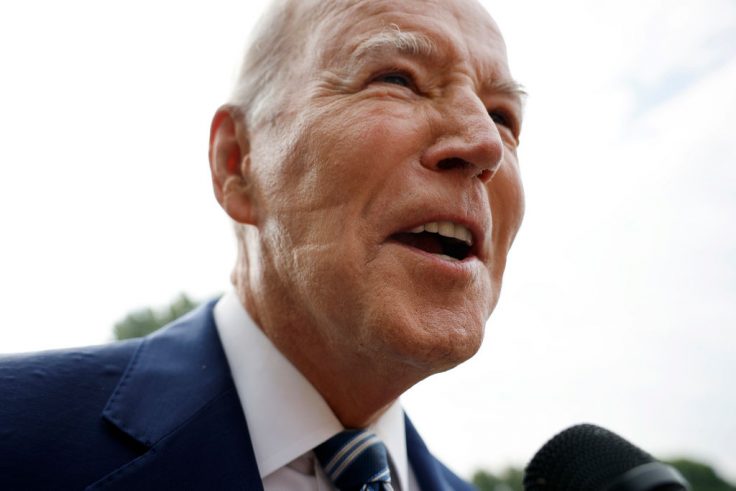President Joe Biden's new plan to erase student loan debt after the Supreme Court blocked his initial plan could cost around $475 billion, according to economists at the University of Pennsylvania.
The Court last month overturned Biden's order to give borrowers $10,000 to $20,000 in onetime student debt forgiveness. The Court said the president overstepped in his powers and circumvented Congress's power to make laws regarding spending.
The administration quickly moved to roll out an alternative plan to relieve student debt. Biden last month unveiled the Saving on Valuable Education, or SAVE, plan. Proposed by the Education Department, SAVE would bring down payments by thousands of dollars over the life of many people's loans.
A single person making less than $32,805 a year would see their monthly payment go to $0 under the policy.
That plan, which is set to take effect in July 2024, could cost an estimated $475 billion over the next decade, according to the Penn Wharton Budget Model, a research initiative at the University of Pennsylvania.
The model shows that the cost could even be tens of billions of dollars higher, The Hill reported:
The model predicts $200 billion will go toward payment reductions from the $1.64 trillion in outstanding loans in 2023, while the other $275 billion would go toward the $1.03 trillion in outstanding loans expected over the next 10 years.
It is predicted that around 6.57 percent of future borrowers wouldn’t have to pay any money back under this plan.
On the conservative side, the model says the program could cost around $390 billion, while the maximum projection is more than $558 billion.
The Supreme Court's 6-3 decision that overturned Biden's first attempt at student debt forgiveness spared the United States roughly $300 billion in spending. Biden's Education Department had estimated the debt relief would cost $30 billion a year for the next decade.
